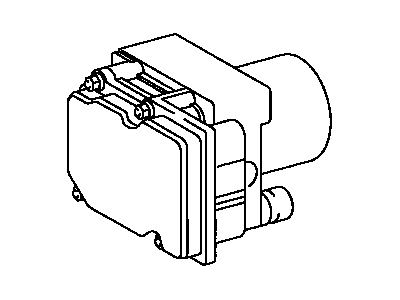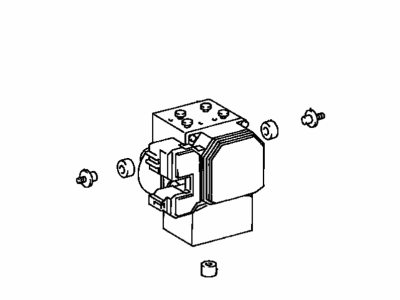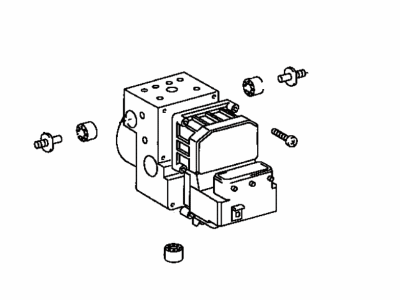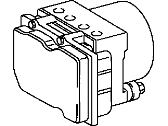

My Garage
My Account
Cart
Genuine Toyota Solara ABS Control Module
Anti Lock Brake Control Module- Select Vehicle by Model
- Select Vehicle by VIN
Select Vehicle by Model
orMake
Model
Year
Select Vehicle by VIN
For the most accurate results, select vehicle by your VIN (Vehicle Identification Number).
10 ABS Control Modules found
Toyota Solara ACTUATOR Assembly, Brake
Part Number: 44050-06060$857.32 MSRP: $1099.55You Save: $242.23 (23%)Toyota Solara Brake Actuator Assembly
Part Number: 44050-33110$778.79 MSRP: $998.82You Save: $220.03 (23%)Ships in 1-3 Business DaysToyota Solara Brake Actuator Assembly
Part Number: 44050-33190$1038.79 MSRP: $1332.29You Save: $293.50 (23%)Ships in 1-3 Business Days
Toyota Solara ABS Control Module
If you are in demand for superior quality and affordable OEM Toyota Solara ABS Control Module, then shop with us! We own a wide range of the reduced-priced genuine Toyota Solara ABS Control Module. You can purchase in confidence as all parts come with a manufacturer's warranty. Any issues with our products? No need to worry as we have a hassle-free return policy to guide you every step of the way.
Toyota Solara ABS Control Module Parts Questions & Experts Answers
- Q: What is the purpose and function of the Anti-lock Brake System (ABS),ABS Control Module and Speed Sensor on 2002 through 2008 Toyota Solara?A:ABS is a type of car braking system which aims at allowing a caster to maintain the steerability, direction stability and the other possible idealous maximum deceleration always when performing braking on tough braking conditions and on different types of roads by regulating the pressure on the Brake Line to prevent wheel lock up while perusing to check the rotational speed of every wheel. It exchanges information from the wheel speed sensors with optional systems that help in the handling of the car that include Electronic Brake force Distribution, which services the balance of the brakes in accordance to the load of the vehicle, and the Trac system that oversees the speed of the front wheels on areas of low friction. The Vehicle Stability Control draws inputs from the ABS sensor and a yaw-rate sensor so that during cornering, it cuts power and individually brakes to righten the car when it is oversteering or to tighten it when understeering. An electric hydraulic pump mounted in the engine compartment and solenoid valves make up the actuator assembly The electrical signals from the speed sensors of each wheel show the wheel speed. The ABS computer analyzes this information to regulate hydraulic pressure and assess the performance of the vehicle's system. A small ABS warning light appears on the dashboard if something is wrong, and if the problem involves the whole vehicle, a warning light for the particular problem will appear, and there is an option of checking for trouble codes through a self-diagnostic system. These codes are obtained with the help of jumper wire which is connected at the diagnostic link connector the ABS light blinking innumerable flashes corresponds to various defects. Following diagnosis, the ttouble code must be erased using a particular procedure with the aid of the brake pedal.


















